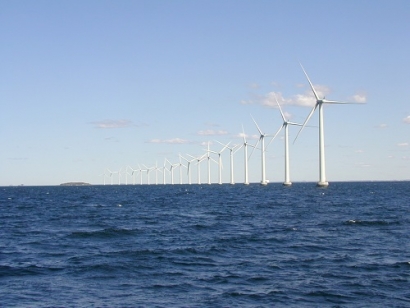
India has made strong commitments under the UN Paris Climate Agreement and announced ambitious renewable energy goals targeting 175GW of renewable energy capacity by 2022, including 60GW from wind energy. To date, offshore wind development has largely been concentrated within Europe, but this is changing and DNV GL is supporting the Government of India in driving this change.
The project, which supports India’s transition towards the use of clean technologies in the power sector, focused on the states of Gujarat and Tamil Nadu to identify potential zones of development through preliminary resource and feasibility assessments for future offshore wind developments.
By providing a concept design for a 150 to 504 MW demonstration project in both Gujarat’s and Tamil Nadu’s most promising offshore wind development areas, identified as “zone A”, companies and government institutions now have a starting point for future detailed offshore front end engineering design (FEED) studies. Concept designs and outline project costings were performed using DNV GL’s levelized cost of energy (LCOE) design tool, Turbine.Architect.
Marking the occasion of the publication of these reports, the Ministry of New and Renewable Energy, Government of India stated, “It is the beginning of India’s journey from Onshore to Offshore – A dream comes true.”
Speaking about the project, Ditlev Engel, CEO DNV GL – Energy, said, “At the start of this project nearly four years ago, offshore wind in India was no more than a distant vision. Today however, India has a specific offshore wind policy, a government actively ’gearing up’ for offshore and local and overseas stakeholders pro-actively considering this new endeavor. These are significant steps to a greener energy future for India.”

